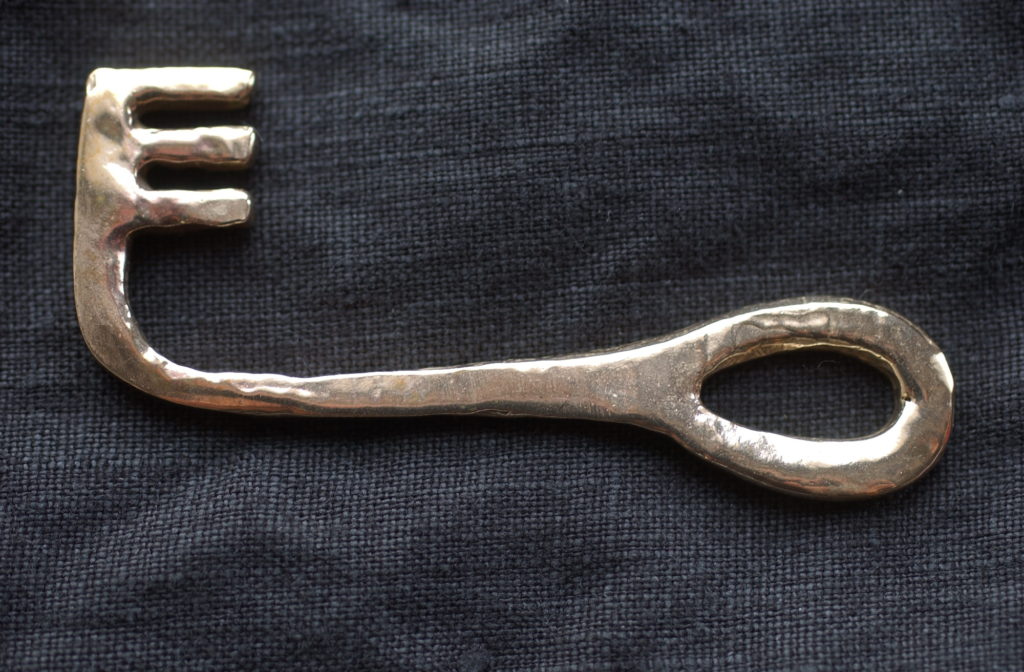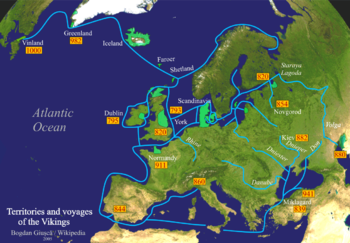“Carrying Coals to Newcastle.” Exactly what do I mean by that? Well, it may be a slightly obscure reference for many, but Newcastle was a major coal producing area of England. Therefore trying to import and sell coal there would have been a futile effort. But back to that in a moment.
For those who have known me for a while, my interest in the accurate reproduction of pieces of period jewelry and accessories comes as no great surprise. I have always been interested in history, and with a Masters in Anthropology with a specialization in Archaeology, accuracy seemed like a natural thing. I know that my art teachers were often confounded by my unusual questions and projects. Fortunately for me they were mostly concerned with me learning specific techniques and not with what I actually made. And many years later I am still working on adding new, and very interesting, items to my shop collection.
Since I actually make my living making historically accurate items that people want, I obviously listen to my customers about what they would like to see in my shop. Sometimes that feedback is very direct, emails, and people who actually walk into my shop and make requests. Other times people “vote” with their wallets, and I have to admit some of those “votes” over the years have really made me smile.
And some of that “voting with their wallets” is why hubby and I have discussed “Carrying Coals to Newcastle”. It would never have occurred to either of us that the items that I sell might not be available in the countries in which they were originally made. One of the first of those sales was the lady from Sweden who purchased my reproduction of a key from the Swedish National Museum. As a reenactor she wanted a key that was as close as possible to the original one in the museum. All she could find in Sweden was “charm” sized keys. Mine is within a millimeter of the size of the original.
And then there was the gentleman from Norway who bought one of my plain cast silver Thor’s hammers. He wanted a plain, solid silver Thor’s hammer, and had not been able to find one.
And the lady from Greece who purchased a batch of my brass fibulae and was totally delighted when she received them – Carrying Fibulae to Athens?
And the dozens of batches of dress pins that I have shipped all over Europe, including to a British TV production studio. Really? No one there makes these?
At Potrero War, a gentleman that I see at several events every year informed me that he loves my stuff, but that he is always amazed at how little stock I have in my shop. Really? I will admit, it is not your typical crowded and cluttered shop, but that made me wonder. Just how many separate items do I usually have in my shop (not counting backstock)? And because it was a new shop layout, and I had taken good pictures, I was able to count! Over 523 separate items, with a pair counted as one, and ranging in size from individual bronze buttons to knights chains, and Viking swags to Medieval spindle whorls, and with absolutely no attempt made to count the hundreds of glass topped veil pins. That will just have to be good enough…for now.



